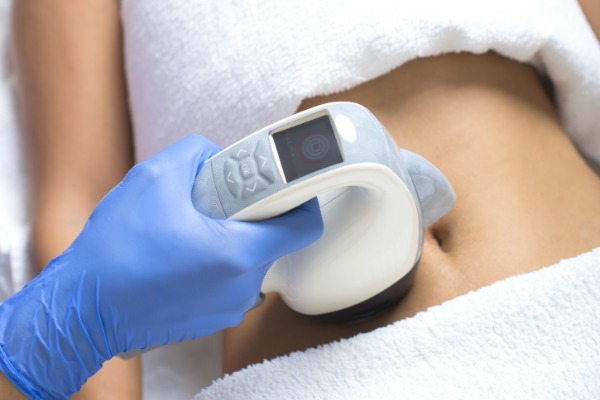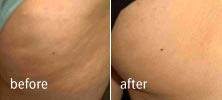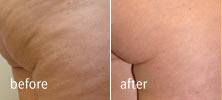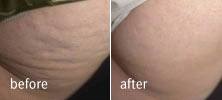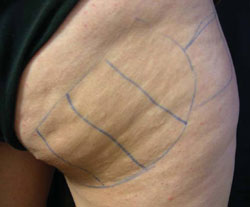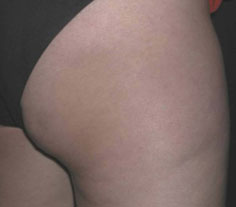Increasingly innovation is producing devices that utilise RF energy in combination with other modalities, which are themselves enhanced by the addition of RF, producing machines able to treat more successfully a wider variety of aesthetic requirements from skin tightening to hair removal and cellulite.
RF in combination with light based technologies has the effect of removing the focal point that the light would normally seek out. For example, ablative carbon dioxide (CO2) lasers used in skin resurfacing seek water within the surface layers of the skin, which it heats up, causing both the water and the outermost layers of the skin to vapourise. Non ablative lasers and IPL however seek colour, such as the skin’s pigment (in the case of tattoo or port wine stain removal), or the colour of a hair follicle for hair removal treatments.
Some examples of devices combining RF with other modalities currently available or being developed for a wide variety of applications include:
There are several different machines manufactured by Syneron Ltd, which are powered by their patented elos™ (electro-optical synergy) technology — the combined energy technology that uses bipolar radiofrequency and light energies.
IPL and RF (The Aurora™)
The combined efficacy of Intense Pulsed Light (IPL) energy and bipolar radiofrequency energy in the same machine has greatly increased the predictability, safety and outcomes of basic photorejuvenation treatment.
Red and brown skin discolouration can be removed as, or more effectively than optical (IPL) only technology with fewer risks and downtime. The addition of modest levels of RF has also improved the resolution of fine lines and wrinkles.
The IPL and RF combined therapy also provides effective hair removal and permanent reduction outcomes on light and dark skinned patients, as well as red, blonde and grey haired patients.
Diode Laser and RF (The Polaris™ and The Comet™)
The combined 900nm diode laser and very high RF energy (The Polaris™) has added a new and powerful component to skin rejuvenation.
Multiple treatments of this deep, skin penetrating technology has provided pleasing skin tightening results on the face and body, as well as noticeable wrinkle reduction in more moderate and severe wrinkles.
The diode laser and RF combined technology is also effective on larger thread veins on the legs and face.
An 810nm diode laser and high energy RF (The Comet™) provides very effective, high speed 810nm optical hair removal results, with the added RF benefit of efficacious outcomes in dark skinned, or tanned patients, as well as red, blonde or grey hair.
Infrared and RF (VelaSmooth™ & VelaShape™)
The Velasmooth™ & VelaShape™ combined Infrared and RF energy technology (plus tissue mobilisation and suction) has proven to be an effective body contour and fat reduction tool, as well as cellulite reduction tool.
In June 2005, it received FDA approval for temporary reduction in the appearance of cellulite.
